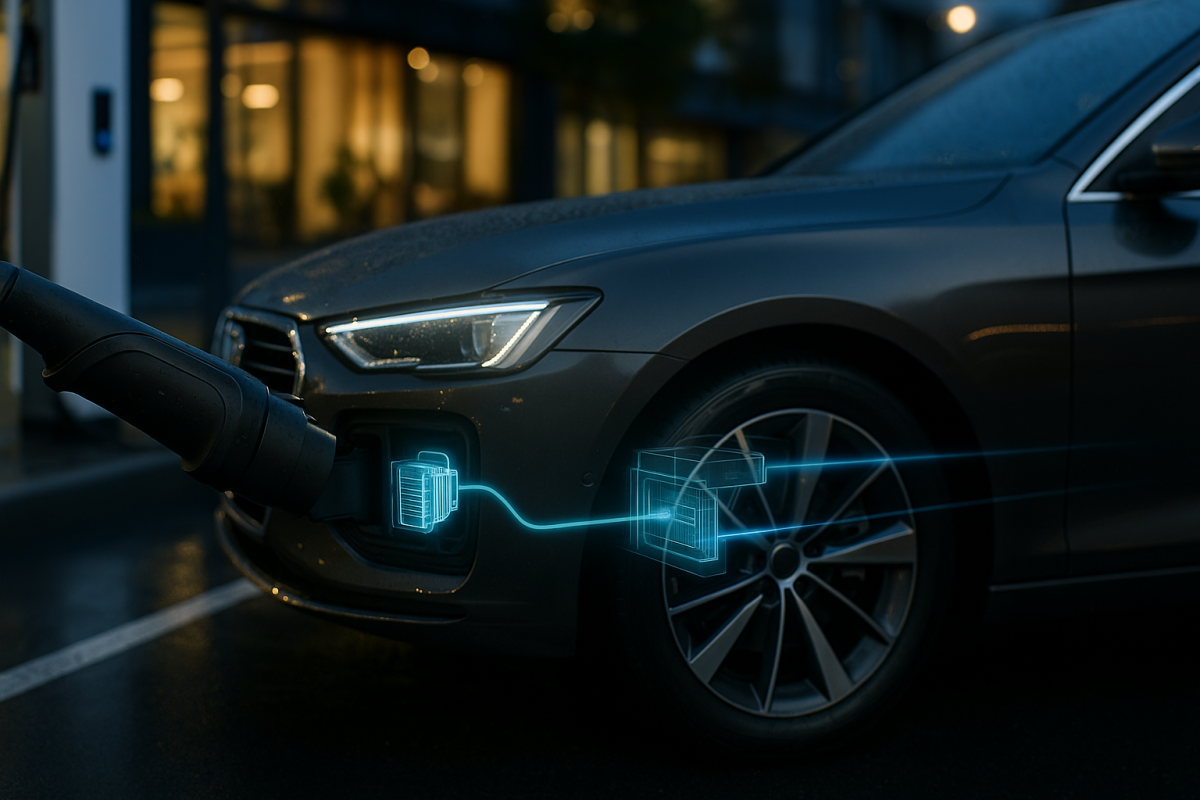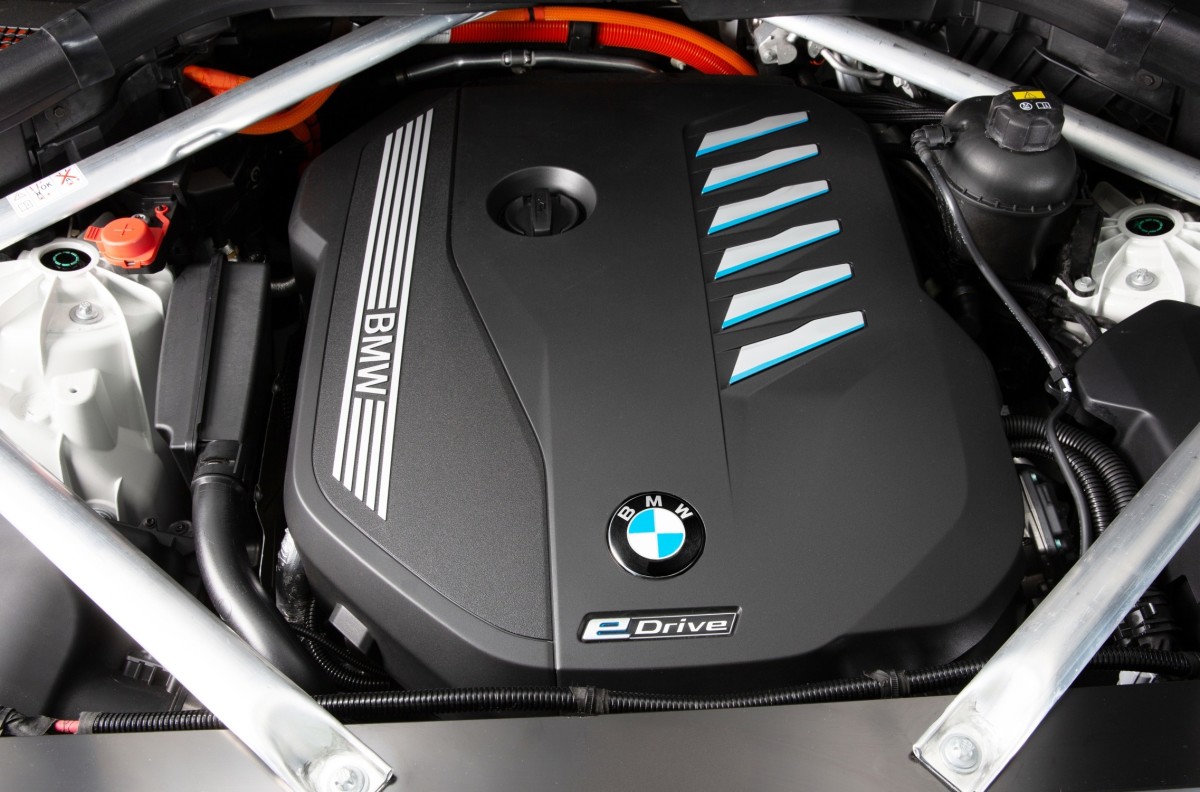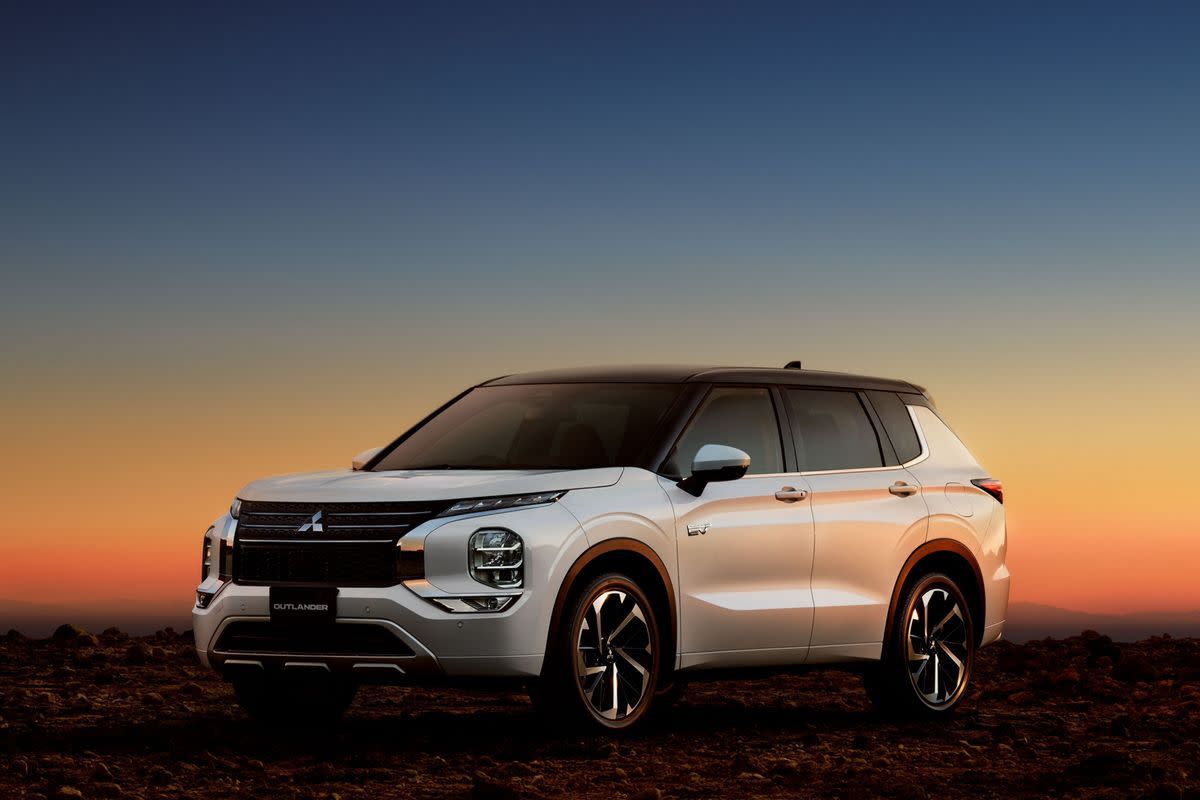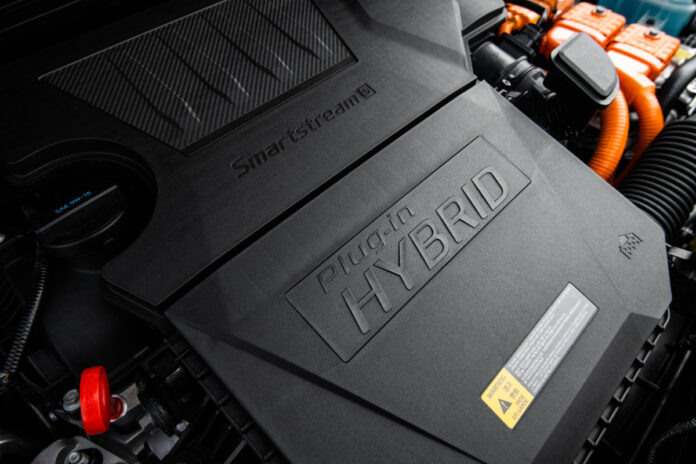New Study on Long-Term PHEV Battery Durability
All modern rechargeable batteries slowly degrade and lose their capacity over time. This is true for the batteries in your mobile phones, EVs, and plug-in hybrid electric vehicles (PHEVs). The Allgemeiner Deutscher Automobil-Club (ADAC), or General German Automobile Club — the largest automobile association in Europe, recently conducted a battery health analysis of around 28,500 PHEVs from six different car makers.
Kia
The study, held in conjunction with renowned independent battery test provider Aviloo, aimed to ascertain the batteries’ State of Health (SoH). SoH is a metric commonly used to monitor a battery’s condition by measuring its ability to store energy as it ages, compared to when it was new, and expressed as a percentage. The results of this analysis are rather interesting and highlight that all PHEV batteries are not created equal.
ADAC Recommendations for Battery Health
It is always prudent to check battery health when buying a used PHEV, and the ADAC offers some guidelines for what a healthy battery should look like at various mileage. According to their analysis, a healthy battery should retain a SoH of at least 92 percent at 31,000 miles, 88 percent at 62,000 miles, 84 percent at 93,000 miles, and 80 percent at 124,000 miles. Factors that can negatively affect the SoH of batteries over time include extreme temperatures, long periods of inactivity, and incorrect charging habits.

Mercedes-Benz Sets the Standard
As per ADAC’s findings, Mercedes-Benz PHEV batteries showed the most favorable SoH results even with heavy use of EV mode. At 124,000 miles, Mercedes PHEVs still managed to hold onto nearly 90 percent of their original charge capacity, leading the charge in this study.
Mercedes-Benz
BMW Results Vary Based on Usage
While driving habits didn’t have much of an effect on Mercedes-Benz batteries, they did seem to affect BMW PHEVs more. Those that spent the majority of their time being driven on gasoline managed to retain over 90 percent of their battery capacity after 124,000 miles, while heavy use of electric mode dropped this figure down to about 77 percent. BMWs with average electric-mode usage managed to return an SoH in the mid-80 percent range after 124,000 miles. BMW’s dataset, however, highlighted more outliers than other brands.
BMW
Volkswagen and Volvo Stay Steady
Long-term battery performance for Volkswagen Group and Volvo PHEVs stayed well within acceptable limits with very few outliers. Even cars from these two manufacturers with heavy electric-mode usage managed to return an SoH figure of over 85 percent after 124,000 miles.
Volkswagen
Ford and Mitsubishi Show Room for Improvement
The worst battery degradation among the brands in this study belonged to PHEVs from Ford and Mitsubishi. Fords that spent the majority of their time in electric mode saw battery SoH drop to 90 percent after just 15,000 miles, although the lack of high-milage data for the American manufacturer made it difficult to draw long-term conclusions.
Ford
Mitsubishi PHEVs, on the other hand, showed a battery SoH of under 80 percent by 62,000 miles, even with light electric-mode usage, with the figure dropping to under 75 percent by 124,000 miles. Heavy electric mode users fared even worse, with SoH dropping to under 70 percent after 124,000 miles.
Mitsubishi
The Bottom Line
ADAC’s findings reinforce the simple truth that not all batteries age at the same rate. This study offers valuable clarity for prospective PHEV owners, as battery health and longevity will remain key factors for long-term ownership. As PHEVs grow in popularity, it becomes apparent that proven battery performance may be just as important to consider as fuel economy or equipment levels.
